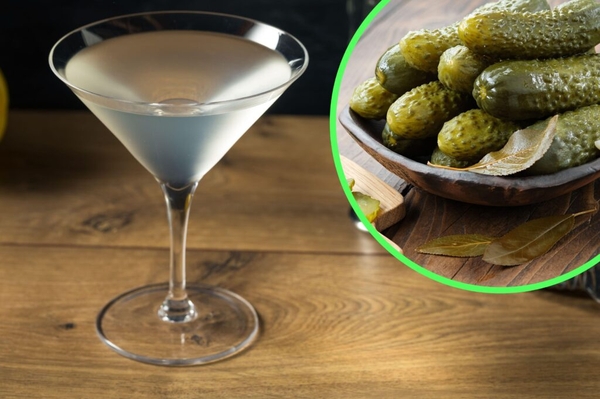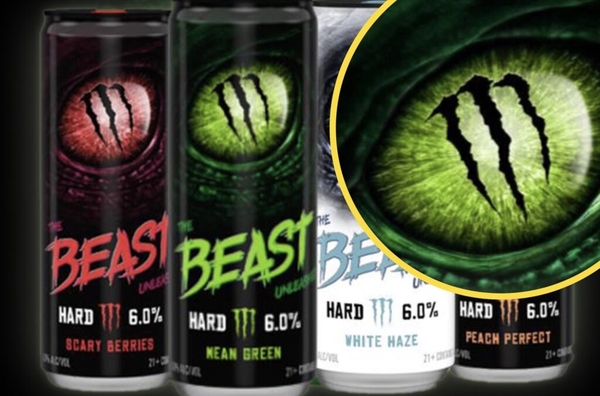Uncategorised
Why MSG is still one of the most controversial ingredients on earth
18 Jul 2018
4m

In the early 60s, Chinese cooking in America was really beginning to take off. A steady stream of immigration, dating back to the early 19th century, had helped ensure that Chinese ingredients, recipes and techniques were an established mainstay of the American foodscape. Restaurants were opening everywhere and even famously fearful Caucasians were finally beginning to appreciate how delicious “foreign food” could be. Life was looking good for Asian families who had spent years fighting for their place at the table of American food culture. And then a theory emerged that would change the way the world looked at Asian cooking forever.
In 1968, after eating at a series of Chinese restaurants across the country, Dr Robert Ho Man Kwok wrote a letter to the New England Journal complaining about a curious collection of symptoms. He described experiencing numbness at the back of his neck and arms, as well as fatigue, headaches and minor heart palpitations. Dr Ho Man Kwok hypothesised that this mysterious “Chinese restaurant syndrome” was brought on by an ever-present ingredient in American Chinese cooking – MSG.
MSG, or monosodium glutamate, is incredible stuff. First discovered in 1908 by renowned Japanese chemist Kikunae Ikeda, MSG is the most stable salt form of glutamic acid. Made by isolating glutamate extract from a type of local seaweed and adding sodium, MSG is highly valued for being able to produce an elusive umami flavour in food. Literally translated from Japanese as “deliciousness”, umami is probably the most sought-after element in all of cooking. To have it in powder form in, available in every kitchen in the country, seemed like a godsend.
Soon, companies across the world had industrialised MSG production and were busy processing, packaging and shipping it to professional kitchens everywhere. It was this prevalence that helped Dr Ho Man Kwok’s claims about the adverse effects go viral. Before long, dubious scientific studies, additive-free cooking buffs and health food nuts had all jumped on the anti-MSG bandwagon. The consensus was that monosodium glutamate was a disaster for public health and that Chinese food was to blame. This was a PR catastrophe for what had been a rapidly-growing profession.
Despite the seemingly unanimous view of the food science community, questions still remained over how harmful MSG actually was. Dr Ho Man Kwok’s original thesis was, at best, extremely vague and unscientific. At worst, it was downright misleading. The American public, and increasingly diners around the world, were becoming fearful of Chinese food thanks to this mysterious ingredient. It was clear to everyone that more research was sorely needed.
 Credit: Getty
Credit: Getty
Early efforts seemed to support Dr Ho Man Kwok’s ideas. A team from Washington University discovered that mice injected with large quantities of MSG developed huge patches of dead brain tissue and grew to be obese, stunted and sterile. In an effort to prove that their findings were relevant to humans, the team also experimented on infant monkeys and recorded the same results. The experiments seemed to be the final nail in the coffin for Chinese cooking’s secret weapon.
However, somewhat unsurprisingly, there was a good deal more to the story than malformed monkeys. For starters, a series of 19 further studies on other primates found no correlation between MSG and adverse growth effects and could not come close to repeating the results of the Washington experiments. When researchers began to study humans, their observations were even more confusing. One study, which provided 71 individuals with a mixture of placebo and MSG pills, noted that there was no relation between “Chinese restaurant syndrome” symptoms and ingesting MSG. When the American government finally decided to discover for themselves whether MSG was as bad as everyone was saying in 1995, their research also failed to unearth a smoking gun.
Despite the FDA’s conclusion that MSG could be “Generally Regarded As Safe”, the public remained unconvinced. Chinese restaurants continued to be stigmatised, causing some businesses to proudly advertise themselves as “MSG free” in an attempt to entice skittish customers through the door. However, for all the restaurant-focused fear mongering, most people were unaware that MSG was not a uniquely Asian ingredient.
Many of America’s favourite snacks feature MSG as a key ingredient. Doritos, potato chips and many fast foods all include the additive as a way to enhance natural savoury notes and make them more “moreish”. In fact, there are some foods that naturally contain small amounts of MSG anyway, including staples such as tomatoes and cheese. That no one complains about chronic back pain and headaches after eating a pizza is compelling evidence that the MSG debate may well be a question of mind over matter.
Attitudes to MSG are slowly changing. As the public becomes more aware of the reality behind the additive that everyone loves to hate, so reactions are becoming less hostile. In fact, one British scientist even went so far as to claim that MSG could be beneficial, as it can make healthy foods like fruit and vegetables taste even more delicious and desirable when added in small quantities. Nonetheless, Chinese restaurants still often find themselves on the receiving end of unwarranted public scrutiny. Given the litany of inconclusive studies and strange science that has baffled the industry for decades, it seems high time that we take the rumours about MSG with a sizeable pinch of salt.


